#Eupleridae
Explore tagged Tumblr posts
Note
Have you done the fossa or the jaguarundi?
We haven't done the fossa yet, but it's been a while since we did the jaguarundi so I'll have it come next!


#madagascar#fossa#mammalia#mammal#mammals#carnivora#feliforma#eupleridae#animal polls#poll blog#my polls#animals#polls#tumblr polls
64 notes
·
View notes
Text

A fossa (Cryptoprocta ferox) crosses the street in Kirindy Reserve, Madagascar
by Dominique Schreckling
#fossa#euplerids#cryptoprocta ferox#cryptoprocta#eupleridae#carnivora#mammalia#chordata#wildlife: madagascar#wildlife: africa
989 notes
·
View notes
Text


Fossa | Daniel Austin
97 notes
·
View notes
Photo
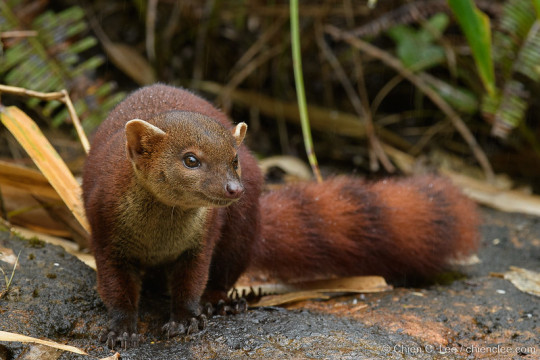
Ring-tailed vontsira (Galidia elegans) in Madagascar
Chien C. Lee
530 notes
·
View notes
Text
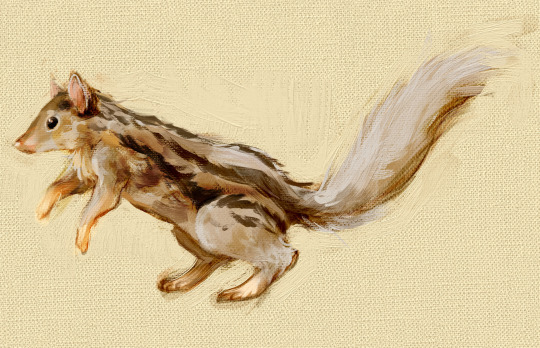
Grandidier's Mongoose.
Mongooses...mongeese? I think they are cute. It's the voraciousness that makes me fear them.
57 notes
·
View notes
Note
👊🥚👊
(Knuckle tats that read "THE EGG"

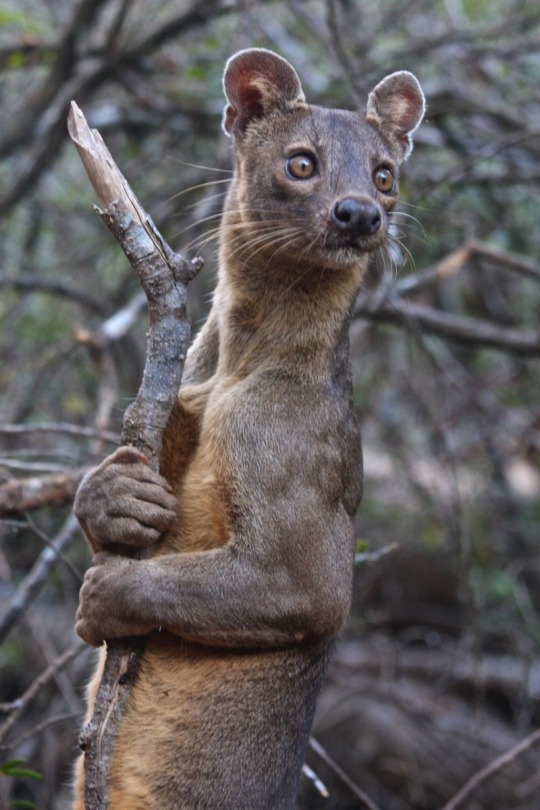
fossa!
(Cryptoprocta ferox)
99 notes
·
View notes
Text
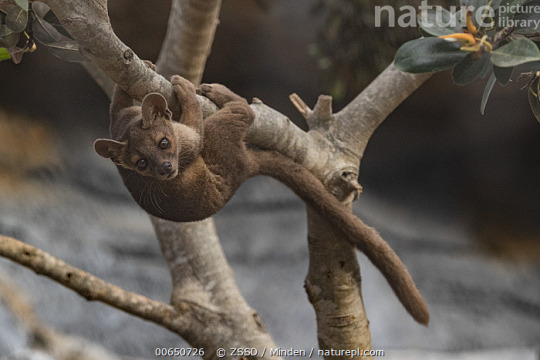
Fossa (Cryptoprocta ferox) pup hanging from branch
© ZSSD / Minden / naturepl.com
136 notes
·
View notes
Text

6 notes
·
View notes
Text

Ring-tailed Vontsira (Galidia elegans) - (c) SaritaWolf - please do not repost
0 notes
Text

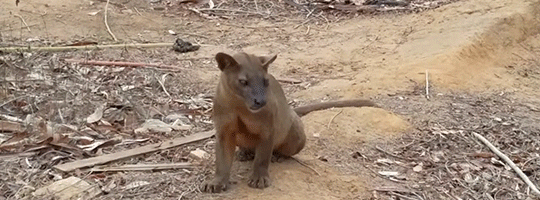
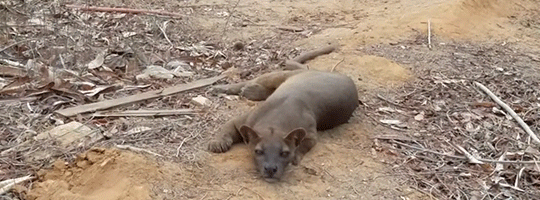

One of many species endemic to Madagascar is the fossa. It resembles many animals, but taxonomically it's part of a unique group of carnivores called Eupleridae which is thought to have evolved from a single species that arrived on the island from Africa as long as 18 million years ago. ©
994 notes
·
View notes
Text
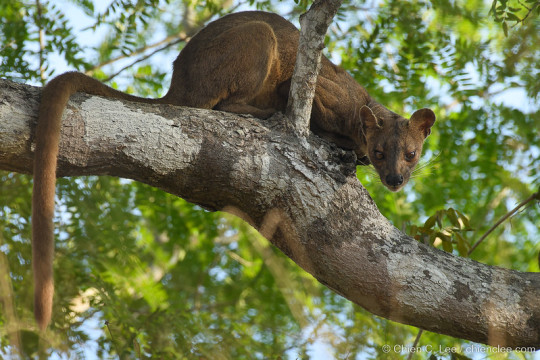
A female fossa (Cryptoprocta ferox) waits for a suitor male in a tree in Kirindy Reserve, Madagascar
by Chien Lee
#fossa#euplerids#cryptoprocta ferox#cryptoprocta#eupleridae#carnivora#mammalia#chordata#wildlife: madagascar#wildlife: africa
237 notes
·
View notes
Text



Ring-tailed Vontsira | Mariah Donohue
38 notes
·
View notes
Text

The fossa is a slender, long-tailed, cat-like mammal that is endemic to Madagascar. It is a member of Eupleridae, the family of carnivorans, and closely related to the Malagasy civet.
The fossa is the largest mammalian carnivore on Madagascar and has been compared to a small cougar, as it has convergently evolved many cat-like features. Adults have a head-body length of 70–80 cm (28–31 in) and weigh between 5.5 and 8.6 kg (12 and 19 lb), with the males larger than the females. It has semi-retractable claws (meaning it can extend but not retract its claws fully) and flexible ankles that allow it to climb up and down trees head-first, and also support jumping from tree to tree.
Photo 📸 @timfurfie
source: The Fabulous Weird Trotters
98 notes
·
View notes
Text
In furry ibvs Felix would not be a wolf. Or ANYTHING remotely cool. He is a hedgehog. AND. not a sonic one. Realistic.
While I’m here take the rest
Isaac - cocker spaniel
Ed - Tasmanian devil
Chris - bleeding heart dove OR barn owl
Dez - painted dog
Drew - elk or lamb
Nev - raven or maybe butcher bird
Barry - Russian blue
Louis - Eupleridae
I WILL MAKE MORE
8 notes
·
View notes
Note
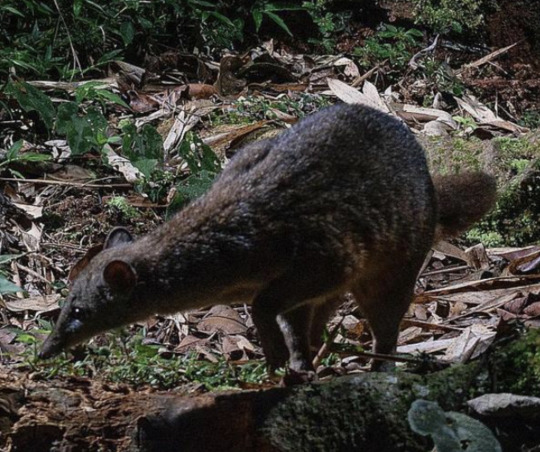


Eastern Falanouc
Eupleres goudotii
Eupleres, eupleridae, feliformia
They live in Madagascar and store fat in their tails.
There’s only two animals in it’s genus. This guy, and the western falanouc:

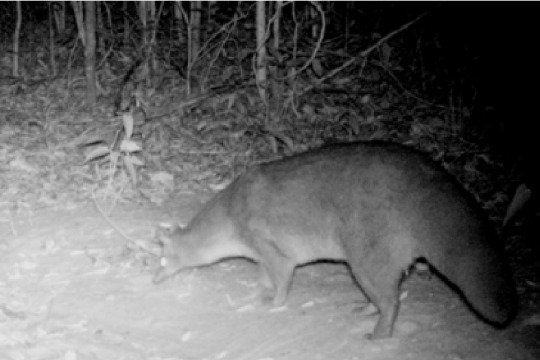
Oh my goodness what a silly guy I wish I could store fat in my tail :(
Is he earpting a giant worm my goodness he slurpin ramen noodle just like me fr
#me n this guy nosing leaf litter in the dead of night sloprin up night crawlers#jackson’s creadures#barks
12 notes
·
View notes
Note
🥚
Can i... receive and animal o great druid
You can
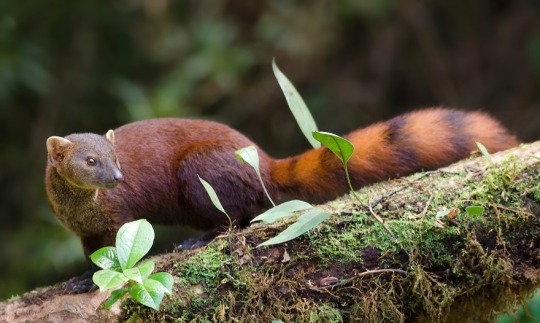
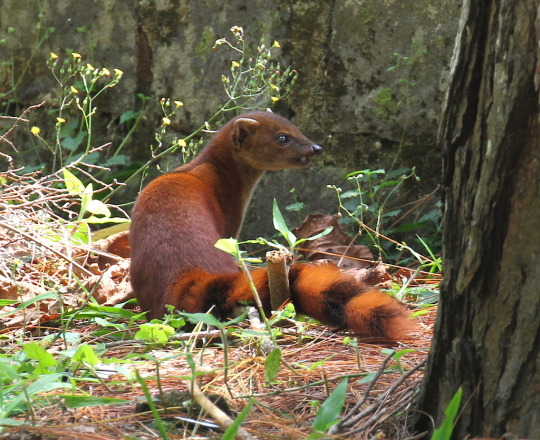
ring-tailed vontsira/mongoose!
(Galidia elegans)
77 notes
·
View notes